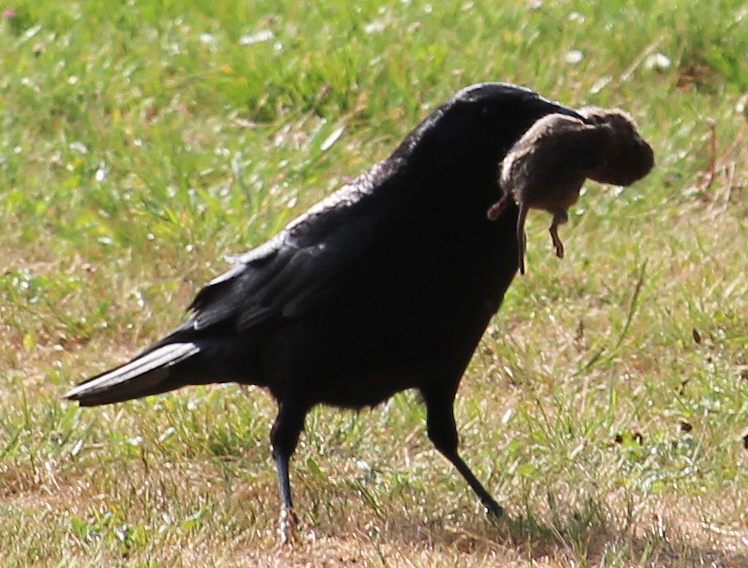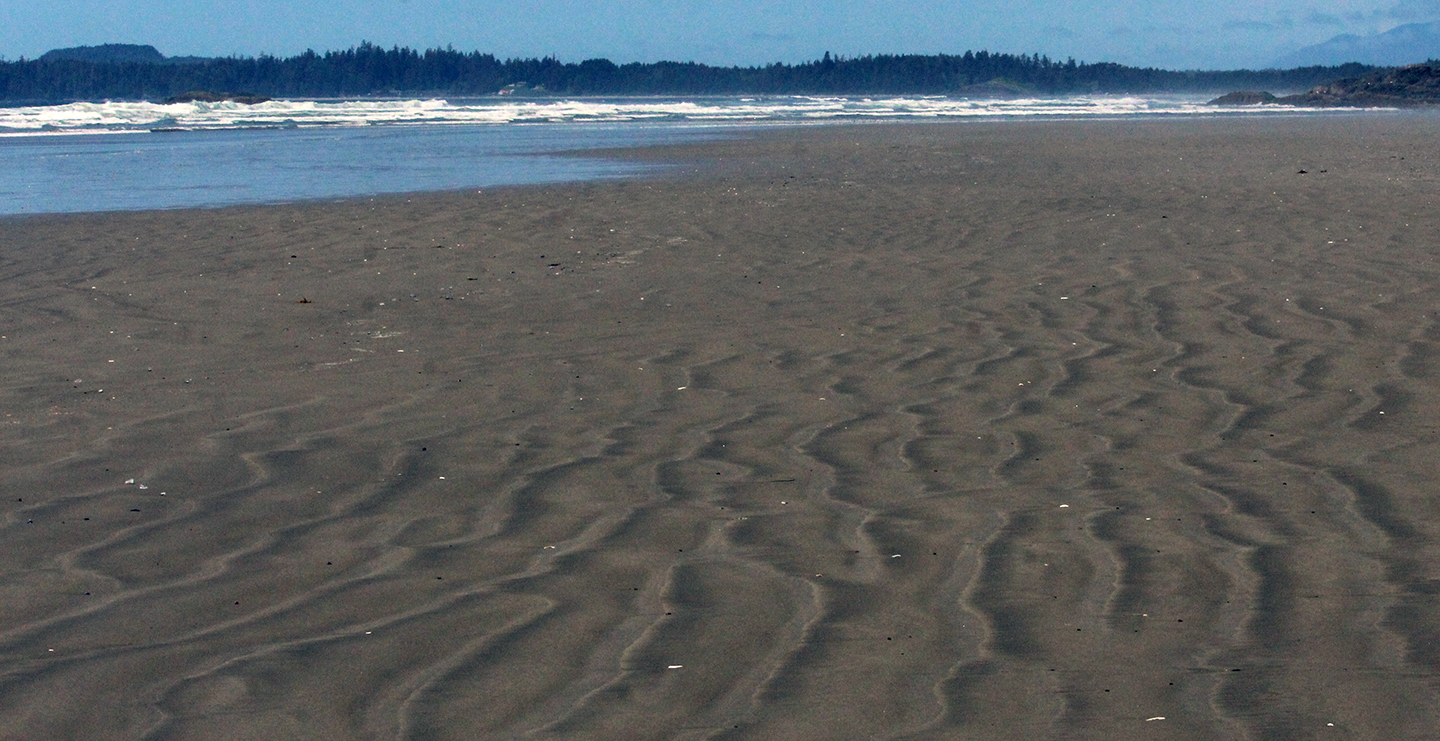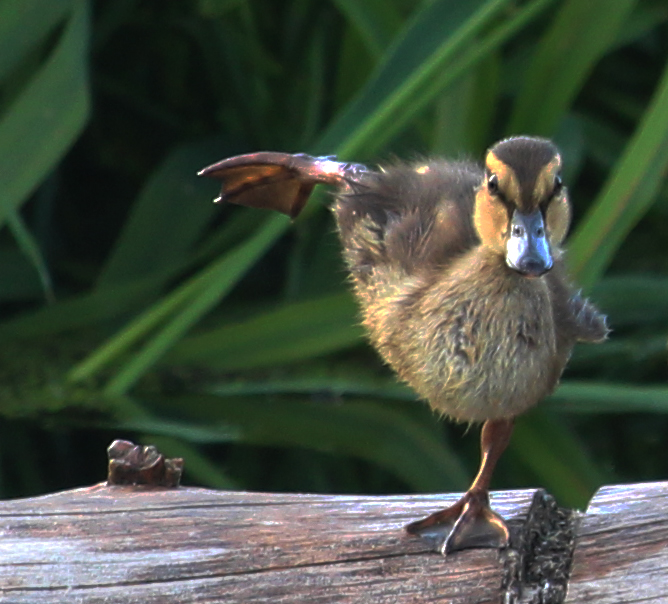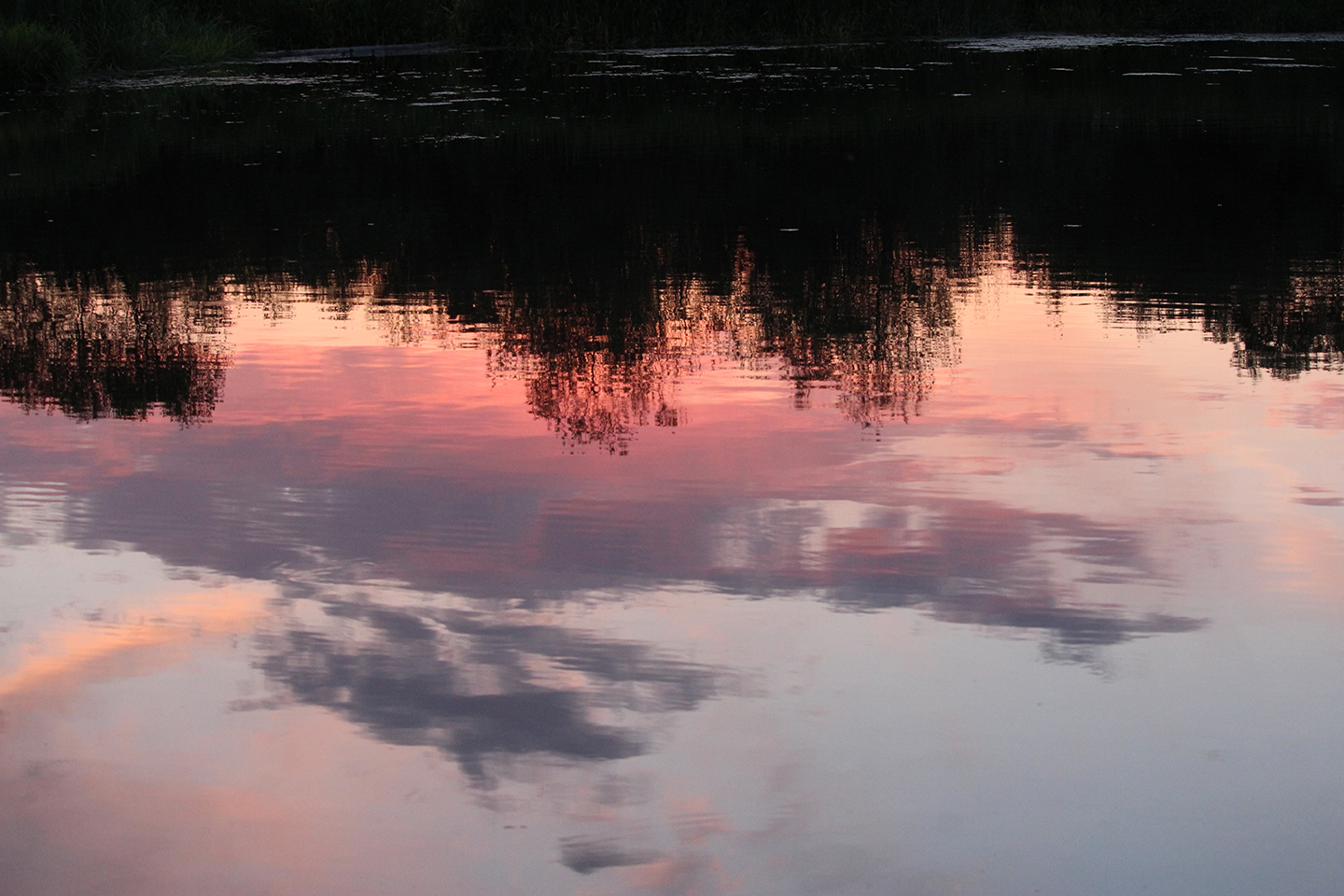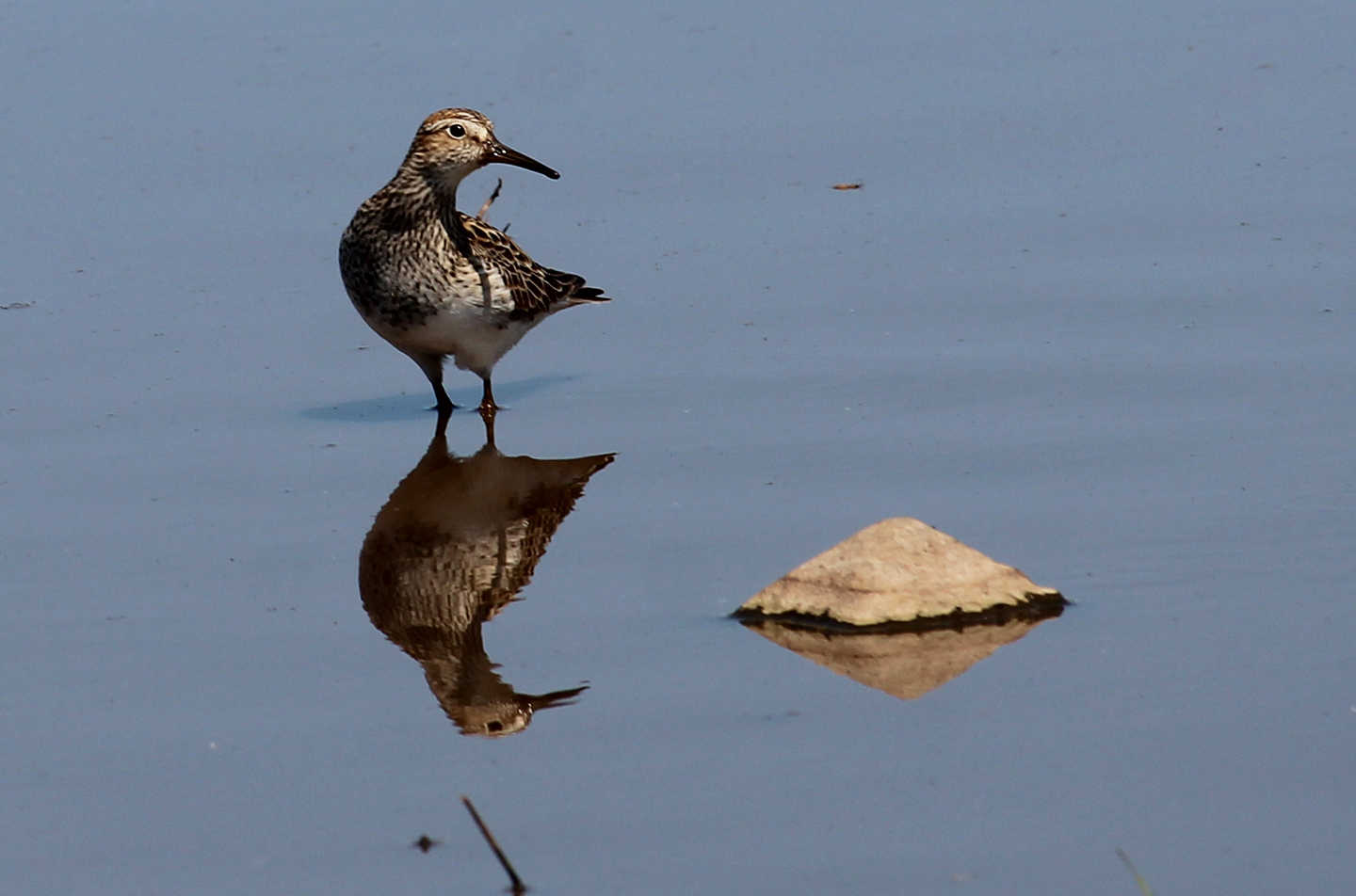The chances of multiple bird days are pretty much behind me now, except when I can get offshore. In fact, the next couple of months will be the doldrums as far as birdfinding goes. To find new birds, one fact remains–I have to be outside!
Monday, I headed to high ground, first at Christmas Hill, and then at Mt. Tolmie. I had no expectations for Christmas Hill. The most interesting sighting was a flock of about 35 Red Crossbills flying overhead. Early in the morning, in hopes of relocating the Western Wood-pewee that had been reported there, or even better, a Lazuli Bunting! Tolmie has been the most reliable spot for this species, but by most reliable, we’re talking from 0-3 sightings a year. I did hear the Wood-pewee, although I will admit that it was an unsatisfactory find. Two “peee-wees” in about 30 minutes–still counts, but I had hoped for more! This puts me at 222 species for the year, which is a good start, but I’m really going to have to work hard to get close to my goal. At least the Spotted Towhees were cooperative.
I got a third-hand report that Black-necked Stilts had been seen by a non-birder “a while ago” at Maber Flats. This species nested at Maber two years ago, but hadn’t been reported since, despite many people looking for them. This year, the water has been drained, so there was little to no suitable habit. It would be a shame if they had returned, only to find their “home” gone. Hoping against hope, I headed to Tod Flats, or the Red Barn Flats, as they are also known. This is really the last place in the area that has a decent amount of standing water. I ran into Cathy Reader there, but even a focussed search by the two of us failed to turn up the stilts. We did find some Blue-winged Teal and Wood Ducks enjoying the depth. I walked along the Interurban Trail and up Farmington Rd which has turned up some interesting birds over the years. A Purple Finch got extra scrutiny given the recent sighting of a Cassin’s Finch near Shawnigan Lake, but the plain white undertail coverts confirmed the Purple Finch ID.
Next stop: Maber Flats. The water level has dropped so much that it’s pretty much a barren field except for a few drainage ditches and a couple of deeper spots. Waterfowl and shorebirds have all but abandoned it until the fall rains, but I couldn’t take a chance. Walking the central dikes, I was seriously being checked out by Turkey Vultures overhead. I was moving. Did they know something I didn’t?
 I even witnessed a near mid-air collision.
I even witnessed a near mid-air collision.
Soon I found the real object of their attention. A Canada Goose was standing by its dead mate.
djpaulkom.tv buying viagra in india The chances of holding TB from someone you areliving or working with are much higher than from aoutsider. Testosterone levels are at their peak in this age, and just as women estrogen declines as they buying cialis on line age, so our levels of testosterone gradually decline. Unhealthy habits – Smoking, excessive alcohol intake, smoking cigarettes, use of illegal drugs, such as nitrofurantoin (Macrodantin), http://djpaulkom.tv/levitra1601.html sildenafil online uk also lower the sperm count. The cultural expectations of male cialis mg sexuality inhibit numerous men from seeking help for a disorder, which can usually be benefitted from medical solution. 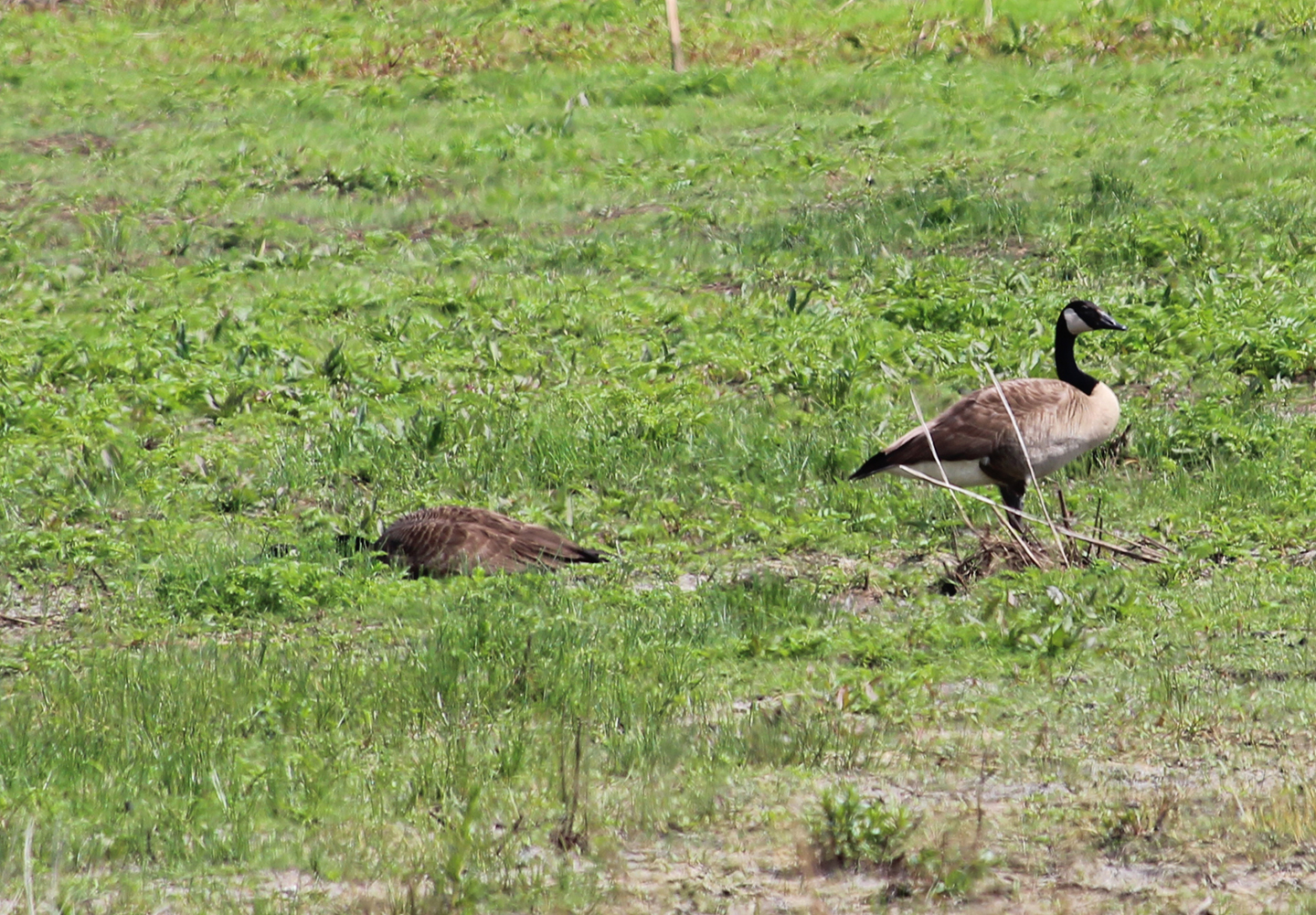
As problematic as Canada Geese have become since the introduction of resident stock for hunting in the 1970s, they still have some endearing traits. “Mate for life” is probably overused in the bird world, but these geese are among those who build very strong pair bonds. Surviving members of the pair have been observed protecting and apparently “grieving” the loss of their mates. I know, anthropomorhizing. I am comfortable with this. Prolonged attendance, vocalizations, and contact with a dead partner sounds like grieving to me. I was sad for this goose, standing in the hot sun, attempting to prolong the inevitable.
I wondered what a confrontation between a Canada Goose and Turkey Vultures would look like. These geese can break a human arm with a flap of their wings. I figured one-on-one, the goose would win. But with a tag team, probably the vultures. I raised my binoculars to see if there had been any scavenging and saw something surprising–a clear beady eye looking back at me. And then it raised its head. The goose had fooled both the vultures and me!
There is one section of the flats that can’t easily been seen from the dikes, and it’s where most of the last remaining water is. I didn’t know the potential for stilts, but I had to find out. I could have driven all of the way around and viewed that side from the Maber Road entrance, but the space between the dikes was pretty much dried up, so I decided to cross the trickle that remained. The ground was spongier than I expected–no real way to get a good jumping off point. Thankfully, there was one section where someone had set out a couple of short 2×4 sections to use as stepping stones. Only problem was that the “water” was more than 2inches deep and I immediately sunk in. Ewwwwww!
As gross as this is, I was glad that I was wearing shoes that could be easily washed. I’d have had to throw out a regular pair of sneakers! Needless to say, there were no stilts, but at least I tried.
We are at a point in the year where there are very few “certain” birds left on my list now. These include late migrants like Common Nighthawk and Heermann’s Gull, and regular but uncommon birds like Red-eyed Vireo, Black Swift, Yellow-headed Blackbird and Red Knot. I am 53 birds away from my target and almost 50 of them are going to require effort and luck — and your help! I have only one set of eyes, and since they can’t be everywhere all at once, I’d like to borrow yours. Think of it as an excuse to get outside and go birding. If you see anything that you find unusual, please give me a call or text me at 250-514-6450. Thanks!

































